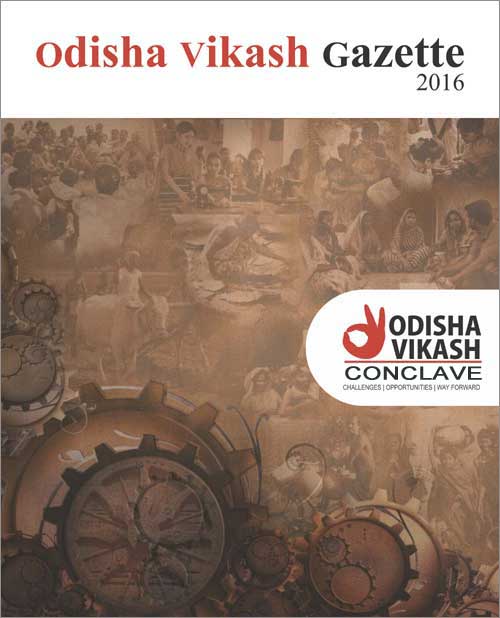Ensuring Community Rights and Governance
RIE – Regional Institute of Education, Unit-IX
The Forest Rights Act (FRA) 2006 seeks to remedythe historical injustices made to Scheduled Tribes (STs) and other traditional forest dwellers (OTFDs), especially the denial of customary rights to forest land and resources. It is in sync with the growing body of research that shows that forests are best protected when managed by communities dependant on them. The FRA provides traditional forest dwelling households individual titles to land occupied by them for habitation or self-cultivation, gives communities rights over forest resources, including minor forest produce (MFP), and recognizes the habitat rights of particularly vulnerable tribal groups (PVTGs).
Given its large forest cover, third biggest ST population, and an active community forest protection movement, Odisha is well placed to use FRA to reap sustainable development dividends. Indeed, Government of Odisha (GoO) has the best record among the states, as far as Individual Forest Rights (IFRs) are concerned, both in number of land titles distributed (25%) and in percentage of total claims converted to titles (68% vis-à-vis 44% national average). Yet, the average size of these IFR titles is very small: 1.5 acres compared to the nationla average of 2.6 acres, with it falling to under an acre over past year. OTFDs have been altogether denied any claims. In the sphere of Community Forest Rights (CFRs) GoO’s record has been poor in terms of both number of titles given (under 6,000 in 2016-17) as well as the average size of area put under CFR titles (53 acres vis-à-vis 155 acres national average). However, the average CFR title size in Odisha during the last two financial years is a healthier 115 acres. There is still a long way to go as over 32,000 CFR claims are pending, including 12,000 by Community Forest Management Groups.
The small size of titles and denial of rights to OTFDs constitute greatest, but not merely, failures in GoO’s implementation of FRA in Odisha to advance the interests of the traditional forest dwelling communities. There are other challenges that remain almost completely unaddressed or deliberately ignored, such as the rights of PVTGs over their Habitat, the rights of people living in protected areas, the rights of displaced forest dwelling communities, and the rights of Forest Villages. Forest dwelling communities’ ownership and marketing rights over MFP have been violated by GoO through neglect in form of non-implementation of MSP scheme as well as explicit denial of rights to sell Kendu leaves and Bamboo in the open market.
Discussion Points:
- What are impediments to recognition of CFR claims in Odisha? Are there lessons as to how to improve the approach of GoO to IFRs?
- Which best practices and models from other states can be adapted in Odisha to ensure better community access to their forest rights?
- How can CSOs and CBOs in Odisha intervene meaningfully to ensure delivery of CFRs?
- Is there a role that other actors in Odisha, e.g. media, academia, and corporates can play?
- What can be done to secure Odisha’s PVTGs’ rights over their habitat?
- How can the forest bureaucracy’s grip over MFP, especially Kendu leaf and Bamboo marketing and ownership be loosened to benefit forest dwelling communities?
- What kind of institutional mechanisms and partnerships can help secure the rights of displaced forest dwellers, people living in protected forests, and forest villages?


